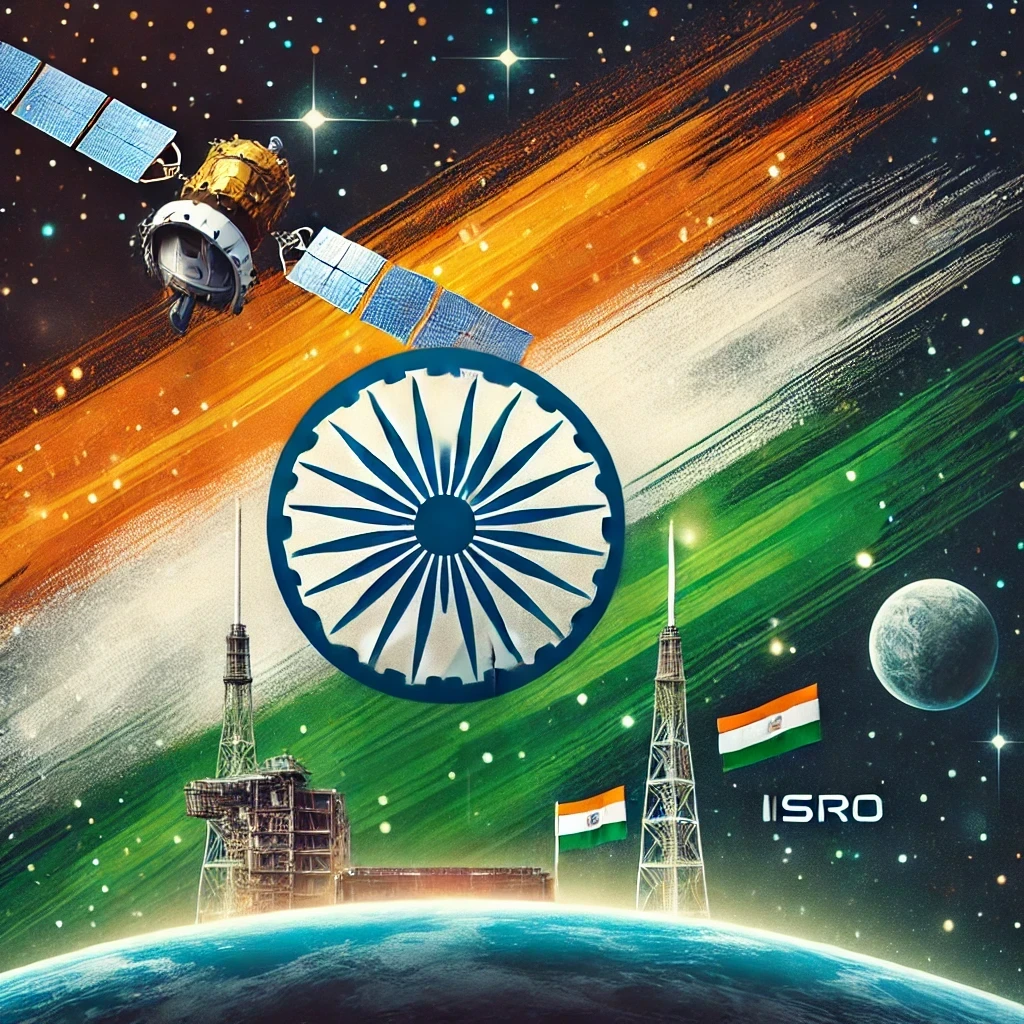
8th May 2013. Launchpad Two. It was 11:25 in the morning at the Satish Dhawan Space Centre in Sriharikota. The ISRO team was on the edge of their seats with anxiety. The last time they had launched the GSLV, 2 years back, ended up being a partial failure. There was no room for error here now. No compromise. Success of this launch would mean exponential increase in India’s space research capabilities. This needed to go right. However, were the issues plaguing ISRO the last time sorted out?. What’s more they had added an extra 285 Kg to the payload. Will the launch be a success? Expectations were high. The world was watching.
Come 11:28 am and we had a successful lift off. Within minutes, the mission outcome was declared successful. The entire command centre erupted with joyous cheer, the team hugging each other and smiling from ear to ear.
The success was definitely worth celebrating. The GSLV consolidated our position as a space faring nation and instilled strength in our research capabilities. GSLV (Geosynchronous Satellite Launch Vehicle ) is our very own homegrown, desi 3 stage expendable launch system operated by ISRO. It has the capability to launch satellites into geosynchronous orbits where orbital periods are the same as the earth rotation.
The cryogenic engines for each of the 3 stages of the rocket are built a short 10 minutes walk from the Rocketeers office at the Liquid Propulsion Systems Centre, Bangalore. Initially, the 3rd stage engines were to be procured from Russia, but Russia backed out due growing global political pressures. It was then that ISRO pulled up its socks and in 1994 initiated the Cryogenic Upper Stage Project to develop the required cryogenic engines inhouse. Hence, it is no surprise that the GSLV is has a special corner in ISRO’s heart. It is the culmination of decades of hard work, dedication and sheer grit to prove our space might.
The GSLV has 3 variants. The Mk1 had a capability of launching a payload of 1500 Kg into geosynchronous orbit. Through various enhancements, majorly in chamber pressure and burn time, the latest Mk2 has the capacity to launch 2500 Kg into geosynchronous orbit. In fact, for launches from 2018, a 6% increased thrust version of the Vikas engine was developed and will be used in further missions as well. The Mk3 is a further enhanced version of the Mk2 with an ability to carry payload of upto 4000 Kg into geosynchronous orbit.
Interestingly, the GSLV has had a chequered past. During the initial years from the first launch to 2014, the launcher has had only 2 successful launches out of 7. However, the missions since then have been a resounding success, making the world take notice of our potential and frugal engineering driven inventiveness.
ISRO has a lot planned with the GSLV with 6 more missions planned in the pipeline, the earliest one taking place at the end of the year where the payload will the the GISAT 1, an Indian geo-imaging satellite for providing images quickly during disasters.
Owing to its chequered past, the GSLV has gained a reputation for itself and is ironically nicknamed “ The Untamable Beast”.

